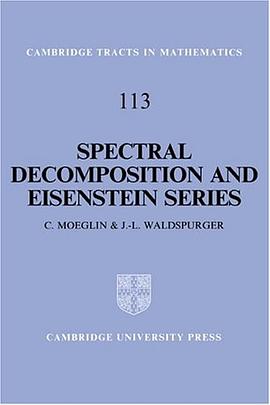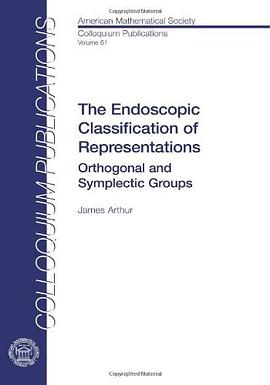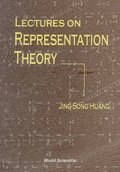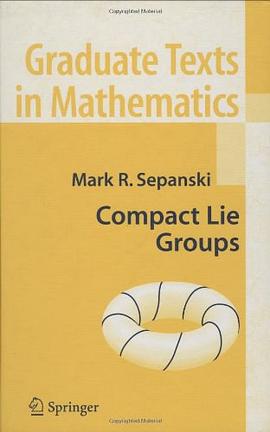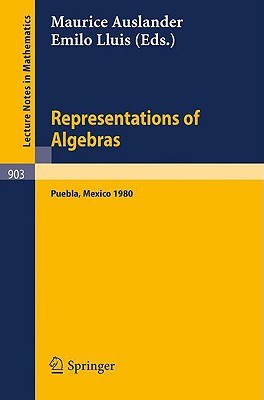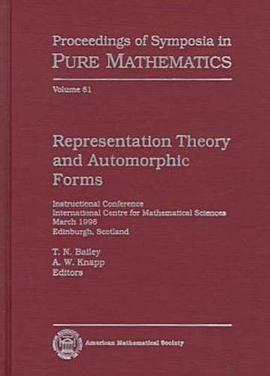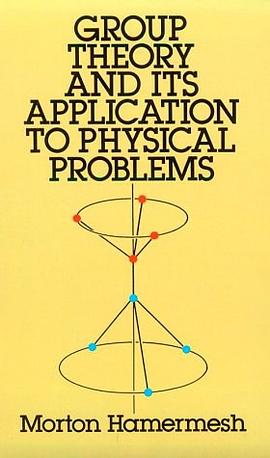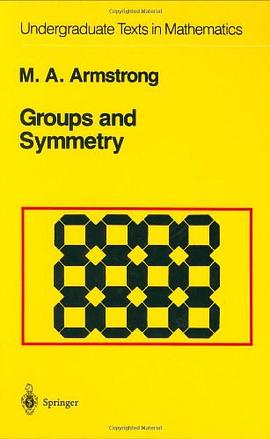
Quiver Representations and Quiver Varieties pdf epub mobi txt 電子書 下載2025
- 錶示論
- Representation Theory
- Quiver Theory
- Quiver Varieties
- Mathematical Physics
- Algebraic Geometry
- Combinatorics
- Category Theory
- Lie Theory
- Tensor Representations
- Cluster Algebras

具體描述
This book is an introduction to the theory of quiver representations and quiver varieties, starting with basic definitions and ending with Nakajima's work on quiver varieties and the geometric realization of Kac-Moody Lie algebras. The first part of the book is devoted to the classical theory of quivers of finite type. Here the exposition is mostly self-contained and all important proofs are presented in detail. The second part contains the more recent topics of quiver theory that are related to quivers of infinite type: Coxeter functor, tame and wild quivers, McKay correspondence, and representations of Euclidean quivers. In the third part, topics related to geometric aspects of quiver theory are discussed, such as quiver varieties, Hilbert schemes, and the geometric realization of Kac-Moody algebras. Here some of the more technical proofs are omitted; instead only the statements and some ideas of the proofs are given, and the reader is referred to original papers for details. The exposition in the book requires only a basic knowledge of algebraic geometry, differential geometry, and the theory of Lie groups and Lie algebras. Some sections use the language of derived categories; however, the use of this language is reduced to a minimum. The many examples make the book accessible to graduate students who want to learn about quivers, their representations, and their relations to algebraic geometry and Lie algebras.
著者簡介
Alexander Krillov stony Brook University, NY
圖書目錄
Title page 4
Contents 8
Preface 12
Part 1 . Dynkin Quivers 14
Chapter 1. Basic Theory 16
1.1. Basic definitions 16
1.2. Path algebra; simple and indecomposable representations 20
1.3. ????-group and dimension 24
1.4. Projective modules and the standard resolution 24
1.5. Euler form 28
1.6. Dynkin and Euclidean graphs 29
1.7. Root lattice and Weyl group 33
Chapter 2. Geometry of Orbits 36
2.1. Representation space 36
2.2. Properties of orbits 37
2.3. Closed orbits 39
Chapter 3. Gabriel’s Theorem 44
3.1. Quivers of finite type 44
3.2. Reflection functors 45
3.3. Dynkin quivers 51
3.4. Coxeter element 54
3.5. Longest element and ordering of positive roots 56
Chapter 4. Hall Algebras 60
4.1. Definition of Hall algebra 60
4.2. Serre relations and Ringel’s theorem 65
4.3. PBW basis 69
4.4. Hall algebra of constructible functions 74
4.5. Finite fields vs. complex numbers 79
Chapter 5. Double Quivers 82
5.1. The double quiver 82
5.2. Preprojective algebra 83
5.3. Varieties Λ(vv) 85
5.4. Composition algebra of the double quiver 88
Part 2 . Quivers of Infinite Type 94
Chapter 6. Coxeter Functor and Preprojective Representations 96
6.1. Coxeter functor 97
6.2. Preprojective and preinjective representations 99
6.3. Auslander–Reiten quiver: Combinatorics 101
6.4. Auslander–Reiten quiver: Representation theory 105
6.5. Preprojective algebra and Auslander–Reiten quiver 109
Chapter 7. Tame and Wild Quivers 116
7.1. Tame-wild dichotomy 116
7.2. Representations of the cyclic quiver 118
7.3. Affine root systems 119
7.4. Affine Coxeter element 120
7.5. Preprojective, preinjective, and regular representations 125
7.6. Category of regular representations 126
7.7. Representations of the Kronecker quiver 131
7.8. Classification of regular representations 134
7.9. Euclidean quivers are tame 139
7.10. Non-Euclidean quivers are wild 140
7.11. Kac’s theorem 142
Chapter 8. McKay Correspondence and Representations of Euclidean Quivers 146
8.1. Finite subgroups in SU(2) and regular polyhedra 146
8.2. ADE classification of finite subgroups 148
8.3. McKay correspondence 154
8.4. Geometric construction of representations of Euclidean quivers 159
Part 3 . Quiver Varieties 170
Chapter 9. Hamiltonian Reduction and Geometric Invariant Theory 172
9.1. Quotient spaces in differential geometry 172
9.2. Overview of geometric invariant theory 173
9.3. Relative invariants 176
9.4. Regular points and resolution of singularities 181
9.5. Basic definitions of symplectic geometry 184
9.6. Hamiltonian actions and moment map 187
9.7. Hamiltonian reduction 190
9.8. Symplectic resolution of singularities and Springer resolution 193
9.9. Kähler quotients 195
9.10. Hyperkähler quotients 199
Chapter 10. Quiver Varieties 204
10.1. GIT quotients for quiver representations 204
10.2. GIT moduli spaces for double quivers 208
10.3. Framed representations 213
10.4. Framed representations of double quivers 217
10.5. Stability conditions 219
10.6. Quiver varieties as symplectic resolutions 223
10.7. Example: Type ???? quivers and flag varieties 225
10.8. Hyperkähler construction of quiver varieties 229
10.9. Ctimes action and exceptional fiber 232
Chapter 11. Jordan Quiver and Hilbert Schemes 238
11.1. Hilbert schemes 238
11.2. Quiver varieties for the Jordan quiver 240
11.3. Moduli space of torsion free sheaves 243
11.4. Anti-self-dual connections 248
11.5. Instantons on R⁴ and ADHM construction 251
Chapter 12. Kleinian Singularities and Geometric McKay Correspondence 254
12.1. Kleinian singularities 254
12.2. Resolution of Kleinian singularities via Hilbert schemes 256
12.3. Quiver varieties as resolutions of Kleinian singularities 258
12.4. Exceptional fiber and geometric McKay correspondence 261
12.5. Instantons on ALE spaces 266
Chapter 13. Geometric Realization of Kac–Moody Lie Algebras 272
13.1. Borel–Moore homology 272
13.2. Convolution algebras 274
13.3. Steinberg varieties 277
13.4. Geometric realization of Kac–Moody Lie algebras 279
Appendix A. Kac–Moody Algebras and Weyl Groups 286
A.1. Cartan matrices and root lattices 286
A.2. Weight lattice 287
A.3. Bilinear form and classification of Cartan matrices 288
A.4. Weyl group 289
A.5. Kac–Moody algebra 290
A.6. Root system 291
A.7. Reduced expressions 293
A.8. Universal enveloping algebra 294
A.9. Representations of Kac–Moody algebras 295
Bibliography 298
Index 306
Back Cover 311
· · · · · · (收起)
讀後感
評分
評分
評分
評分
用戶評價
相關圖書
本站所有內容均為互聯網搜索引擎提供的公開搜索信息,本站不存儲任何數據與內容,任何內容與數據均與本站無關,如有需要請聯繫相關搜索引擎包括但不限於百度,google,bing,sogou 等
© 2025 book.quotespace.org All Rights Reserved. 小美書屋 版权所有

